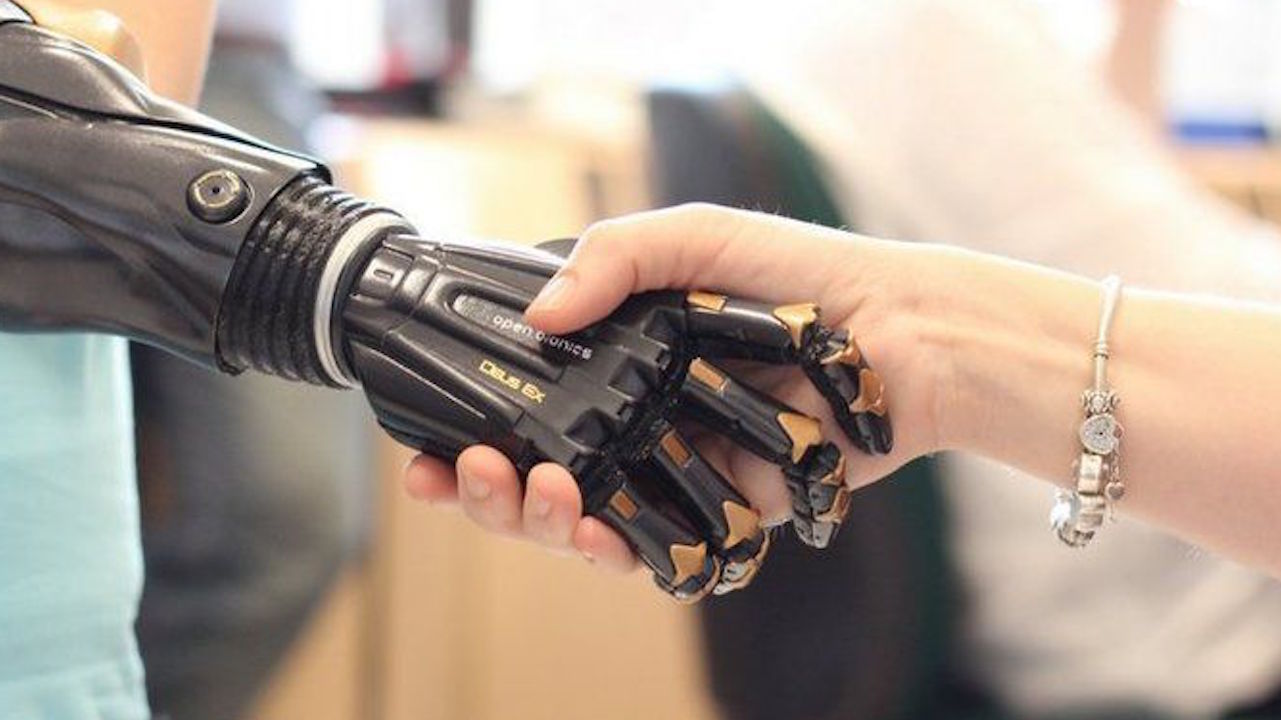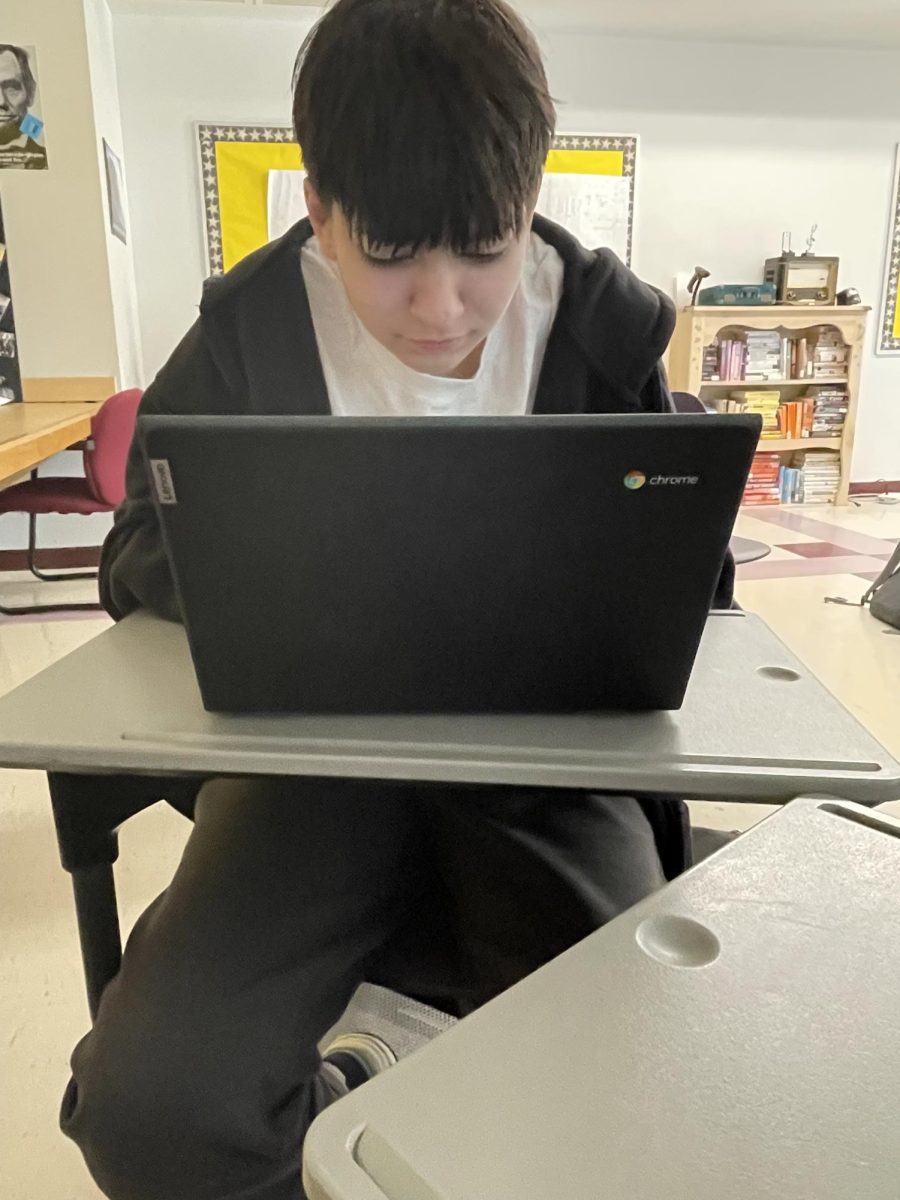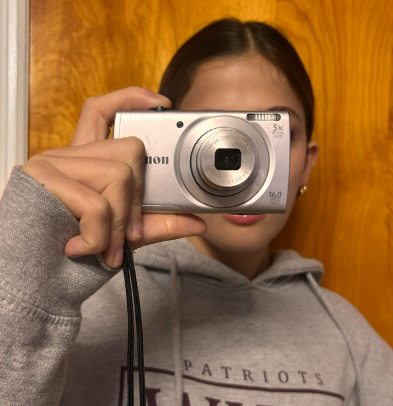Upcoming Advancements in Healthcare
December 8, 2020
With the constantly evolving field of medical science, and the pandemic causing urgency for the improvement of our current healthcare system, there are many upcoming healthcare advancements to look forward to.
 Since the creation of the internet and modern technology, healthcare has seen many improvements and the overall process of patient treatment care has evolved and transformed. Even something as simple as an easy and efficient communication system, such as a phone app in a cell phone and video calling, has greatly improved the way information travels, as well as the level of connection. Telemedicine is allowing for more easy and accessible doctor’s appointments, where sitting in a waiting room is a long and potentially dangerous process, sitting with other potentially sick people; telemedicine allows patients to have doctoral assistance in the comfort and safety of their own home. With the pandemic, COVID-19 patients must be quarantined and separated, but if patients are isolated, their health degenerates as their mental health degenerates. Hospitals urge patients to regularly contact their loved ones as research shows that being connected can lead to increased happiness, better health, and a longer life. Ms. Hornes, the teacher of psychology and sociology at Wayne Hills High School, has provided some statistics concerning the relationship between mental health and social connections:
Since the creation of the internet and modern technology, healthcare has seen many improvements and the overall process of patient treatment care has evolved and transformed. Even something as simple as an easy and efficient communication system, such as a phone app in a cell phone and video calling, has greatly improved the way information travels, as well as the level of connection. Telemedicine is allowing for more easy and accessible doctor’s appointments, where sitting in a waiting room is a long and potentially dangerous process, sitting with other potentially sick people; telemedicine allows patients to have doctoral assistance in the comfort and safety of their own home. With the pandemic, COVID-19 patients must be quarantined and separated, but if patients are isolated, their health degenerates as their mental health degenerates. Hospitals urge patients to regularly contact their loved ones as research shows that being connected can lead to increased happiness, better health, and a longer life. Ms. Hornes, the teacher of psychology and sociology at Wayne Hills High School, has provided some statistics concerning the relationship between mental health and social connections:
1 – social isolation doubled the risk of early death
2 – loneliness has been linked to a 30 percent increase in risk of stroke or the development of heart disease
3 – loneliness has been found to raise levels of stress, impede sleep and, in turn, harm the body physically and mentally
4 – Loneliness can lead to long-term “fight-or-flight” stress signaling, which negatively affects immune system functioning. In other words, people who feel lonely have less immunity and more inflammation than people who don’t.
Furthermore, Ms. Hornes states, “Technology can bring people together and help reduce some of the negative effects of isolation and loneliness…Unfortunately, older adults who have limited social connections due to aging, death, lack of technological savvy, are most at risk of the negative effects that stem from loneliness and social isolation.”
There has also been the adoption of Artificial Intelligence (AI) to allow for a more accurate diagnosis, allowing for diagnoses regarding both physical and mental health. While doctors, who diagnose and have diagnosed patients in the past, are incredibly well-trained and adept at their profession, there still is room for human error when diagnosing patients, and a wrong diagnosis may lead to a delay/failure in treatment and waste of resources.
Technology has also allowed for the creation of the Internet of Medical Things (IoMT), which is multiple devices connected to the internet giving feedback to the healthcare provider’s computer system, which makes it possible for doctors and nurses to monitor patients remotely. These devices help both the healthcare service providers and receivers, where doctors and nurses can detect their patients’ statuses, with dangers as simple as if they have fallen, and patients can get reminders, such as an alert to take their daily medication.
Aside from just easing the healthcare system of appointment and diagnosis, technology has also allowed for the improvement of the clients’ personal lives with advancements in the field of engineering, such as with improved prosthetics, improvements allowing for these prosthetics to feel more natural. Using sensory illusions, patients could send signals to these lost limbs from the brain, telling them to “move”, which can be picked up by electrodes (on the arm, nerves, spinal cord, and brain); then, with an improved brain and prosthetic devices, these prosthetic replacement limbs could move with the intent of the user with relative ease. In fact, within our lifetime, we will be able to see prosthetic arms exceeding average biological function and the use of electrodes allowing for a more comfortable and efficient fit.
limbs from the brain, telling them to “move”, which can be picked up by electrodes (on the arm, nerves, spinal cord, and brain); then, with an improved brain and prosthetic devices, these prosthetic replacement limbs could move with the intent of the user with relative ease. In fact, within our lifetime, we will be able to see prosthetic arms exceeding average biological function and the use of electrodes allowing for a more comfortable and efficient fit.






